Written by Megan Eileen McDonough
New York has always been a melting pot of cultures, with residents hailing from every pocket of the world. This fluidity is seen in all five boroughs but perhaps showcased most prominently in lower Manhattan. Broome Street cuts across some of downtown’s most distinct neighborhoods: the Lower East Side, Little Italy, Chinatown and SoHo, taking one past historical churches, synagogues, landmarks and museums that protect and preserve the area’s immigrant history.
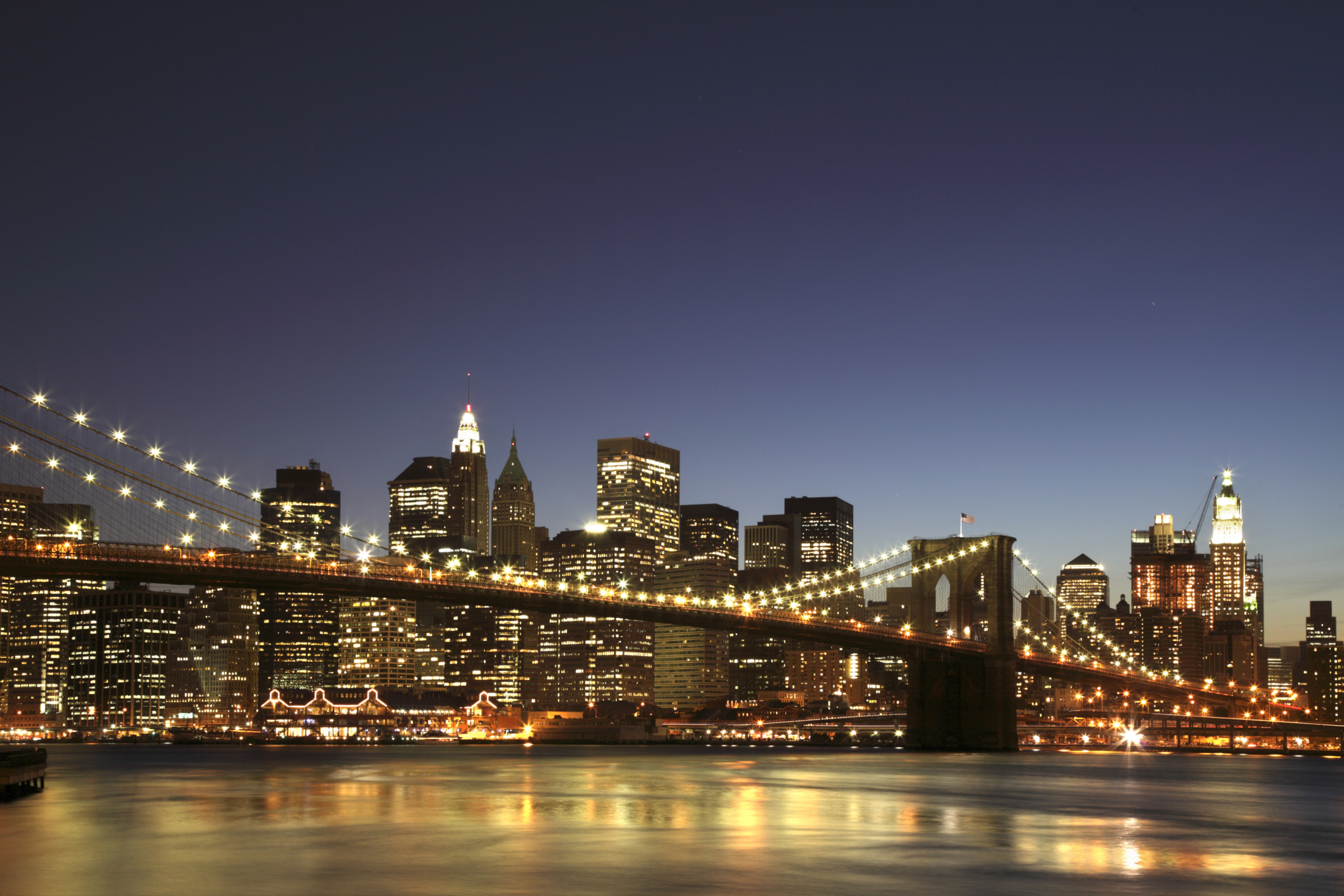
From fusion restaurants and independent art galleries to seasonally run pop-up shops, lower Manhattan proves that old and new make the perfect match. Here’s how to experience four cultures in one exciting day.
The Lower East Side
Packed to the brim with artists, freelancers and other creatives, the Lower East Side has evolved quite a bit in recent decades. Yet, just as it was a gateway for immigrants in the 19th and early 20th centuries, the neighborhood still feels like a breath of fresh air.
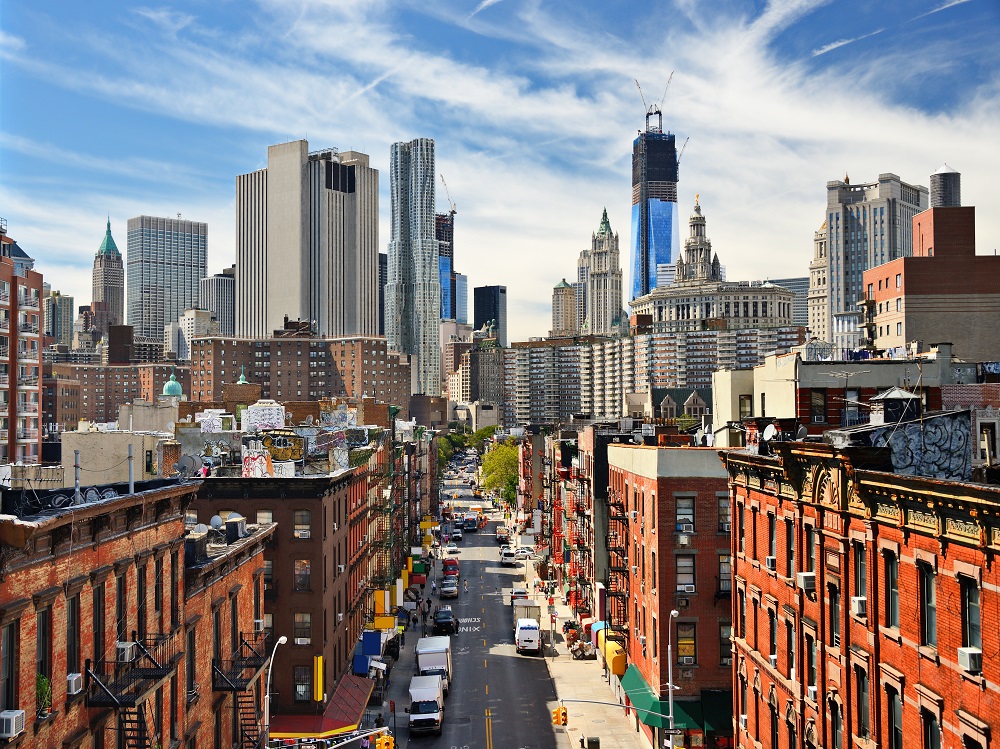
“The Lower East Side is a true mix of what NYC, particularly downtown Manhattan, was and is today,” says Nikki Padilla, fourth-generation New Yorker and social marketing manager at Urban Adventures. In this neighborhood, she says you will find the modern hipster scene as well as a strong presence from the Puerto Ricans and holdouts from the Jewish immigrants.
For a comprehensive understanding of the neighborhood’s evolution, visit the Tenement Museum. Through guided tours inside two historic tenement buildings, which housed more than 15,000 working-class immigrants from over 20 nations, visitors are able to learn about real families and explore their re-created homes. The storytelling at Tenement Museum brings immigrant stories to life.
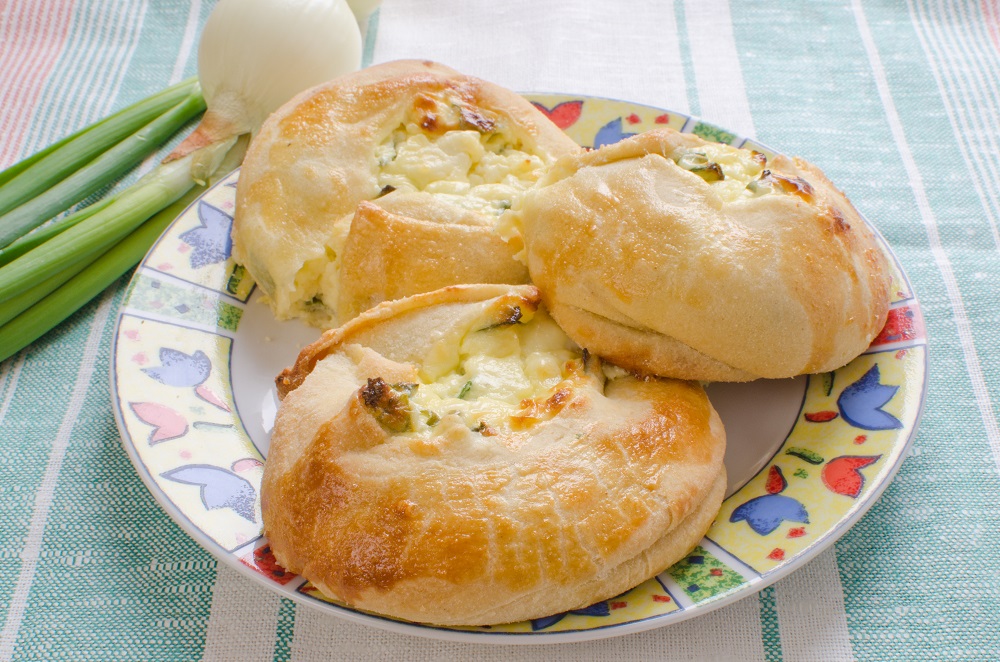
Once you’ve worked up an appetite, walk over to Yonah Schimmel, one of the last knish bakeries in New York City. “A knish is basically mashed potatoes, wrapped in a thin layer of dough and baked,” Padilla says, adding that it can have things like cabbage or sweet potatoes mixed in. While it might look like a hole-in-the-wall, the space is pure nostalgia and frequented almost completely by locals.
Make sure to save room for dessert, because you’re in for a real treat. In addition to a range of savory dishes, Russ & Daughters Cafe offers must-try sweets like halva ice cream and challah bread pudding. The restaurant opened in 2014 on the 100th anniversary of world-famous specialty food shop Russ & Daughters.
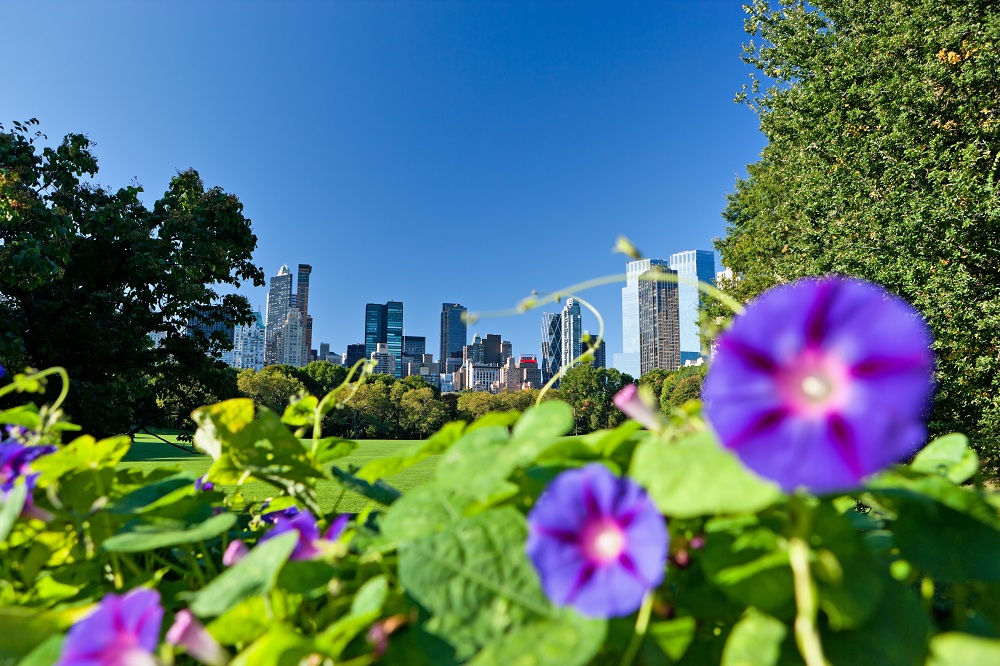
To work off those extra calories, take a detour from the busy downtown streets and wander through one of the neighborhood’s many community gardens.
Chinatown
While many buildings in lower Manhattan look the same, there’s no mistaking Chinatown. With outdoor markets touting fresh fruits and vegetables to stores selling everyday home goods, it’s no wonder why so many New Yorkers take their shopping downtown.
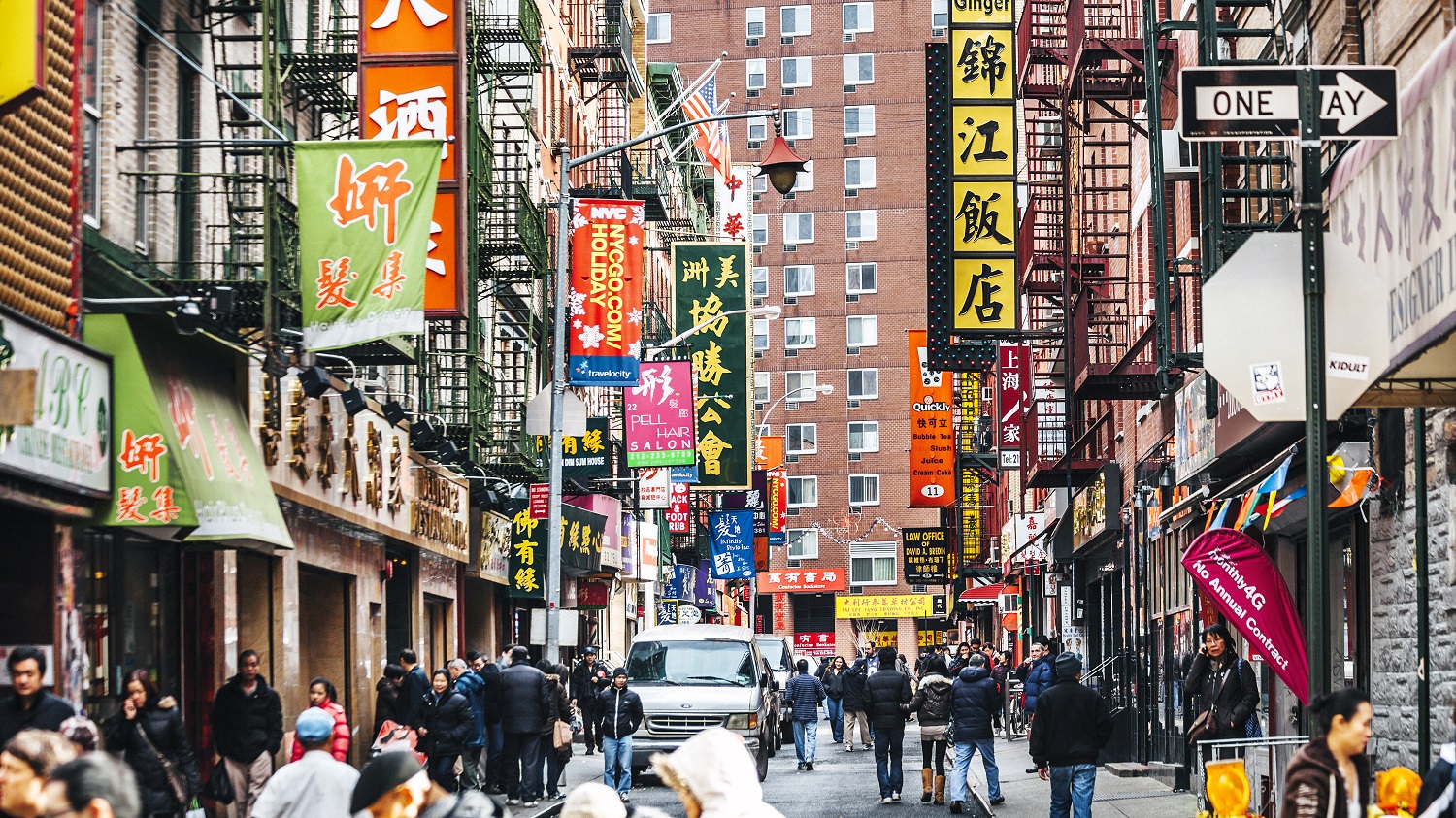
A more authentic experience is just around the corner from the knick-knacks sold on Canal Street. “What people don’t know is that when you go one block east of Mott Street, you’re deep in a very authentic Chinatown,” Padilla explains.
Yunhong Chopsticks sells roughly 200 different chopstick styles line the walls of this colorful space, each pair telling a unique story. Prices run the gamut, from plastic pairs selling for a couple of dollars, to sets featuring mahogany and German silver going for several hundred.
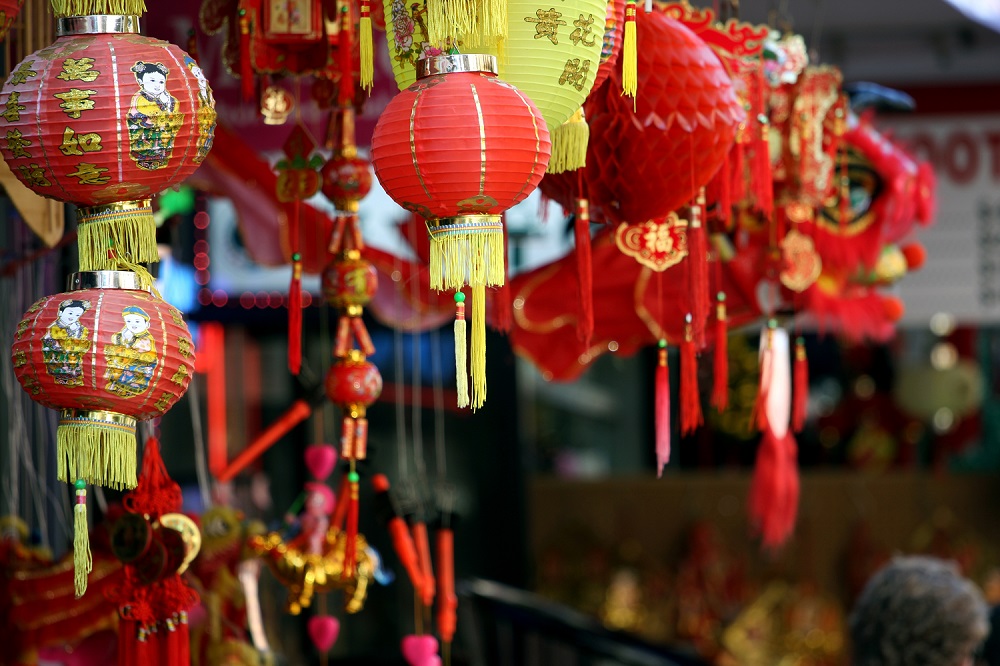
For a crash course in Chinatown’s history, spend some time at the Museum of Chinese in America (MOCA). It was founded in the 1980s by Jack Tchen and Charlie Lai, who went about preserving artifacts of first-generation “old-timers.”
Today, the MOCA and Chinatown offer somewhat of a living classroom, with interactive exhibits and tours. Every year, there are roughly 15,000 students who visit from across the country and beyond. The museum’s downstairs learning center has also proved beneficial in educating today’s youth about this unique period in the U.S. immigration history.
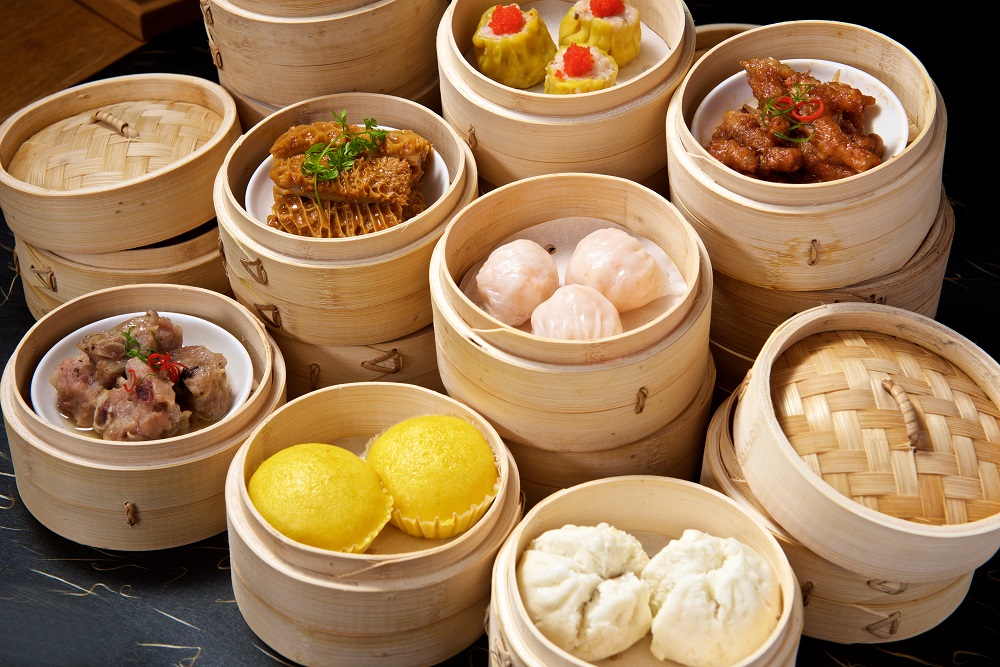
Come lunchtime, take your pick of Chinatown restaurants suited to every preference and price point. For patrons who are new to dim sum, Padilla recommends Nom Wah Tea Parlor. “It’s historic yet caters to an American crowd.” For those wanting a more immersive dining experience, opt for the Golden Unicorn. “I highly recommend grabbing a pan-fried noodle for the table,” she says.
Little Italy
Similar to the Lower East Side, Little Italy was a gateway for Italian immigrants who started flocking to the area in the late 1870s. Even today, the neighborhood has some of the city’s oldest, still-operating shops, like Ferrara Bakery and Di Palo’s Fine Foods. While these stores have modernized with the times, most are still family-owned and operated.
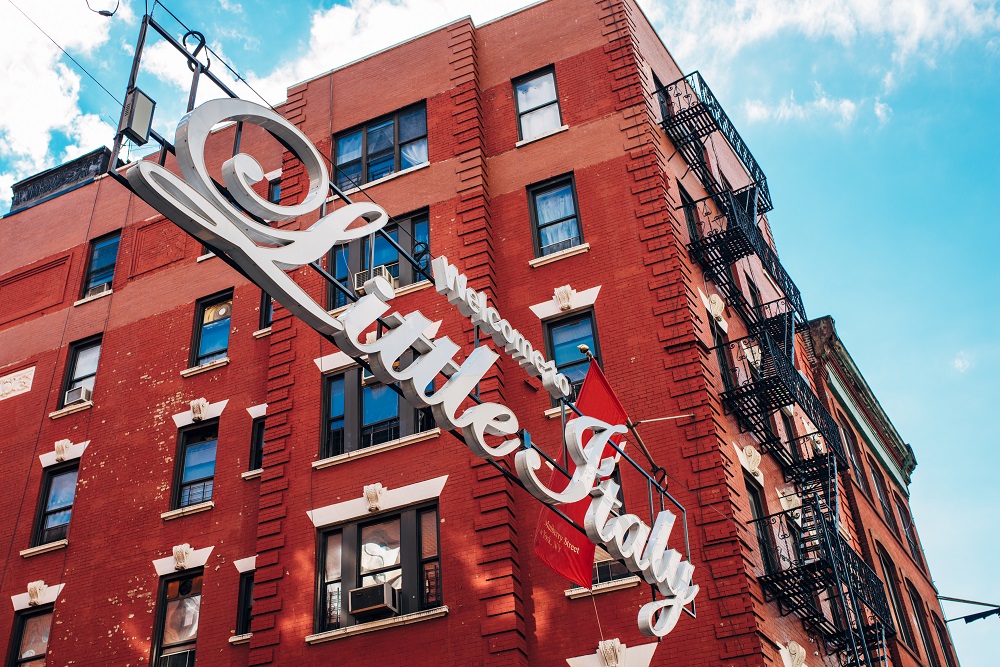
There’s certainly no shortage of Italian-American eateries to choose from, but some are more authentic than others. Padilla recommends family-owned Alleva Dairy. Swing by for a pizza topped with mozzarella that is made fresh daily, or order a hearty sandwich to go.
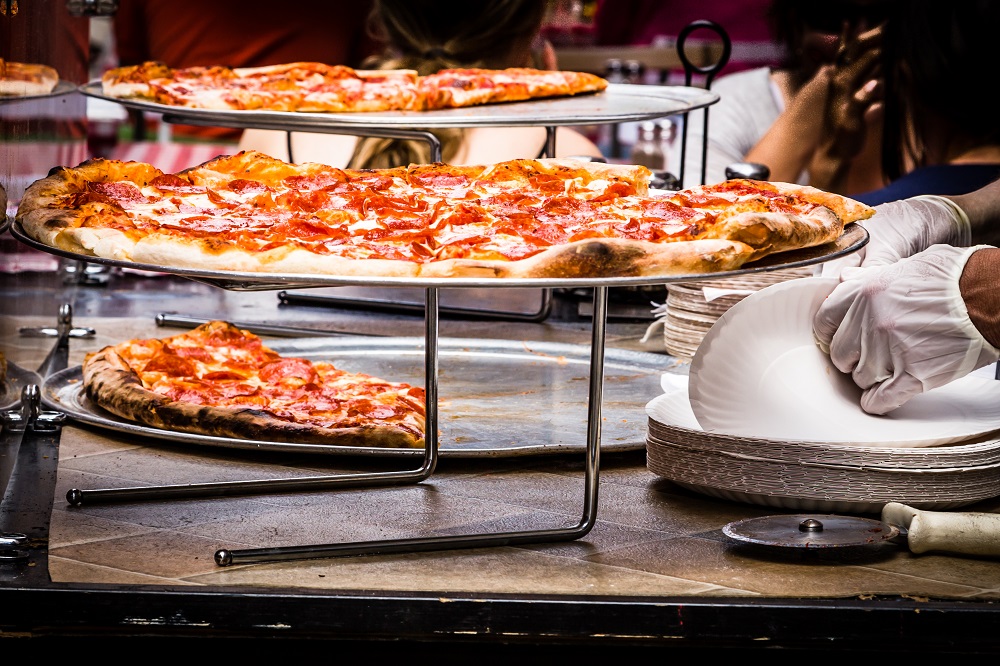
To satisfy your sweet tooth, Padilla suggests Caffe Roma as an alternative to the famous Ferrara. “It’s quieter, cozier, usually less crowded and has the usual array of Italian-American cookies, cannolis and cappuccinos.” Decorated with long countertops, hexagonal floor tiles and wood cabinets, walking into Caffe Roma gives off a decidedly old New York feel. In fact, it has been at the same location since 1891.
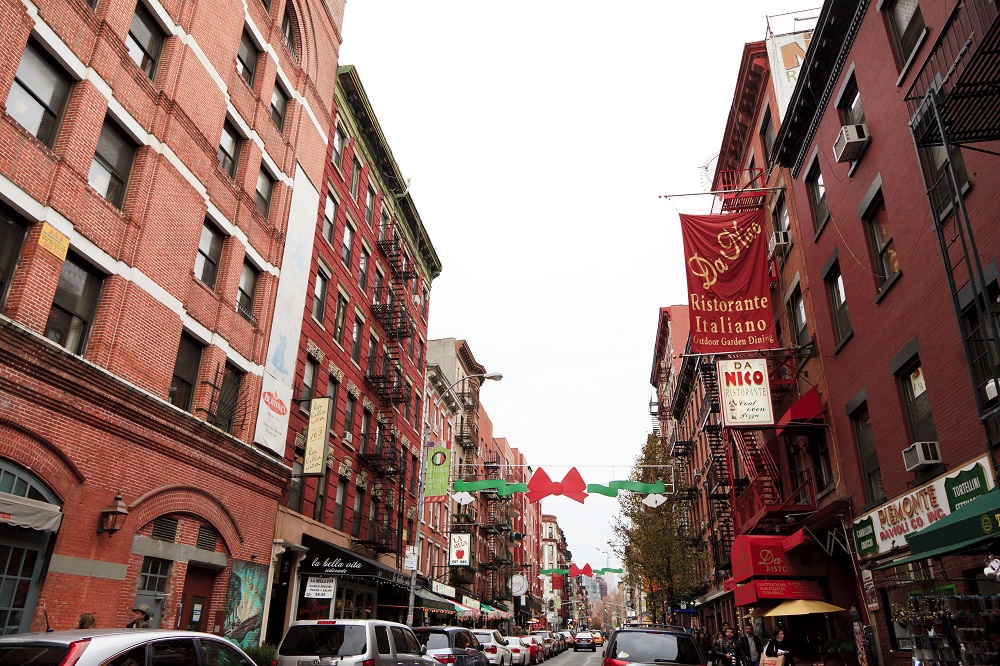
While cuisine is a major focal point in Little Italy, don’t limit your visit to food walks. Like many downtown Manhattan neighborhoods, street art is a colorful way to express the city’s past, present and future. In Little Italy, the main artistic draw is The Little Italy Street Art Project, which pairs artists with local businesses to create beautiful murals such as the beloved “Audrey Hepburn” by Tristan Eaton.
SoHo
Practically synonymous with shopping, SoHo’s most unique retailers are hidden in plain sight. Away from the mega chain stores of Broadway, you’ll find that quality, and therefore price points, go up. Shop for non-toxic washing products at The Laundress, or book hunt at Taschen, which doubles as a gallery and houses a collection of coffee table books in the arts. Another local favorite is Babel Fair. This contemporary boutique features a curated, ever-changing assortment of clothing, accessories and gifts from around the world.
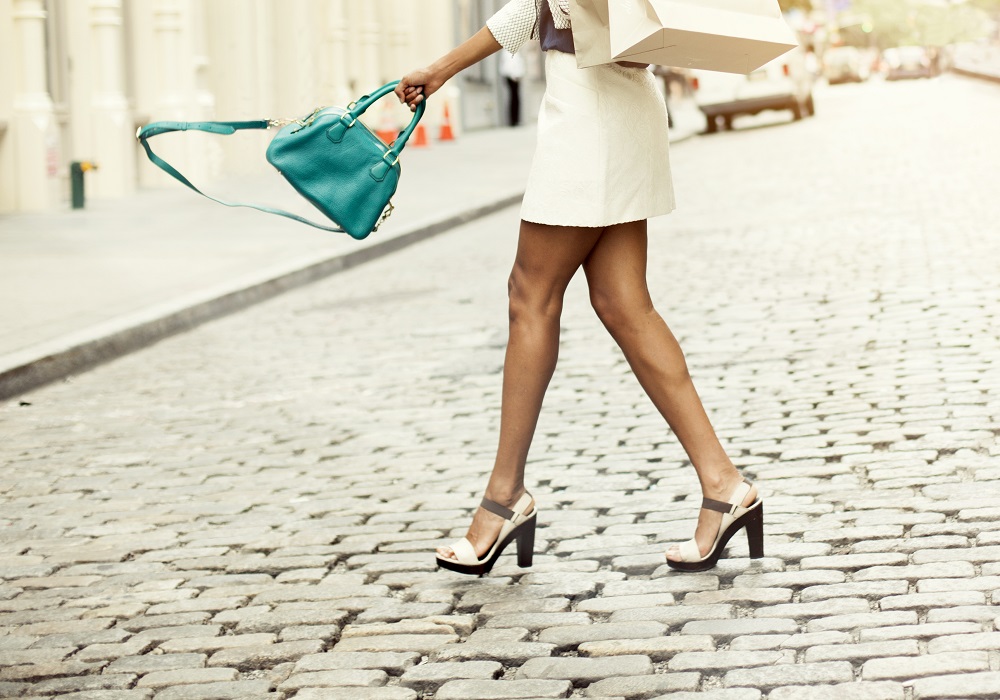
In between shopping sprees, take your eyes away from the window displays and instead, focus on the buildings themselves. SoHo is one of the best places to see cast-iron architecture. This was the metal of choice in the late 19th century, most notably for its fire-resistant properties. It’s also more resistant to corrosion than both iron and steel. Today, many are painted different colors, with some cool gray and others featuring pastel paint.
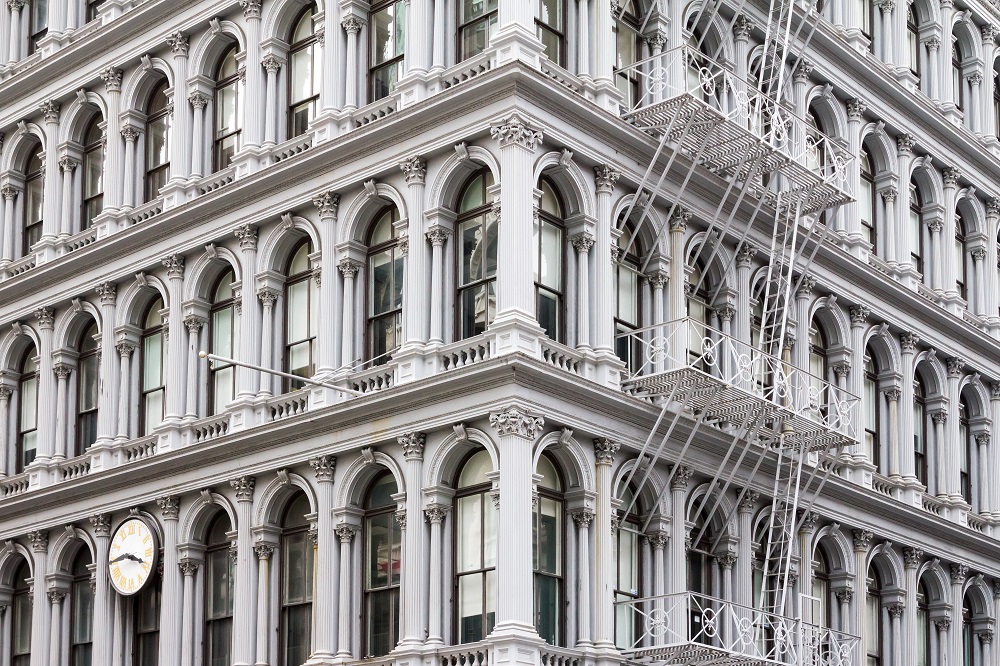
Ashley Les, leisure and corporate travel specialist for Protravel International, encourages newcomers to visit the Merchant’s House Museum. “It’s one of the oldest original homes in Manhattan and has been preserved perfectly,” she notes. Though technically in NoHo (North of Houston), it’s well worth the four-block walk.
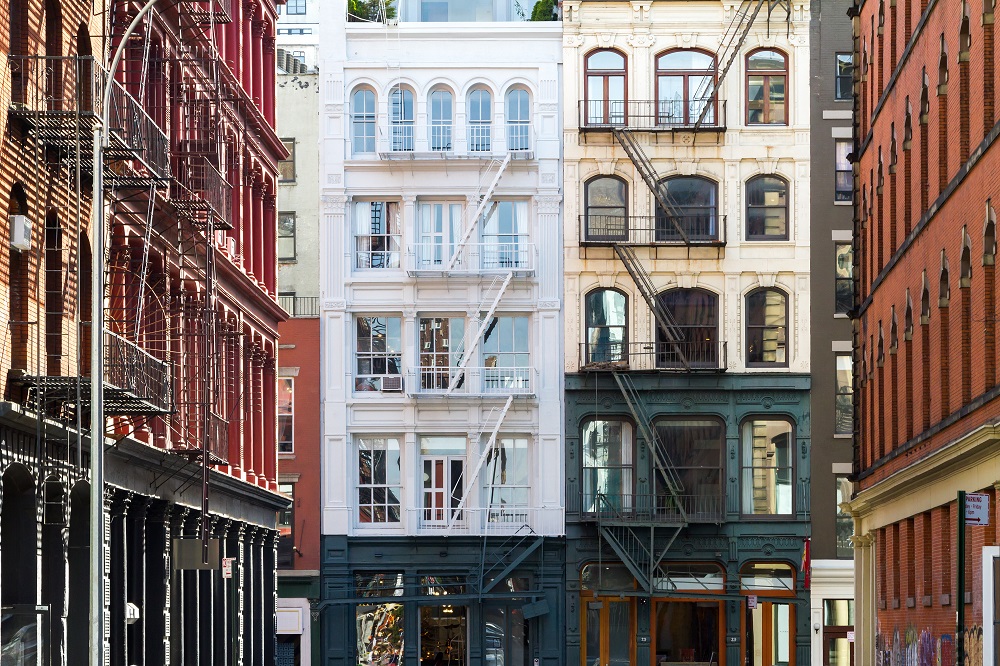
In terms of food, SoHo is a foodie’s paradise. For brunch, Les recommends Jack’s Wife Freda on Lafayette Street. “Their green shakshuka tops my list, especially when paired with their cantaloupe mimosa.” For Mediterranean fare, try Pera SoHo on Thompson Street. It’s a quiet block, and there’s outdoor seating for warm days. It’s perfect for romantic date nights and casual pre-dinner drinks.
This article originally appeared in its entirety in the Winter 2018 issue of ESCAPES magazine.

